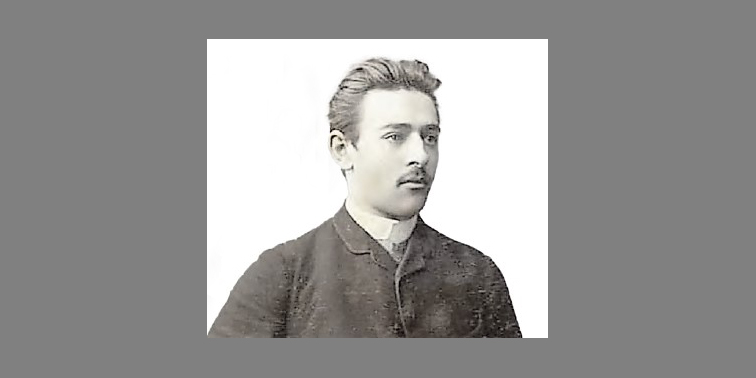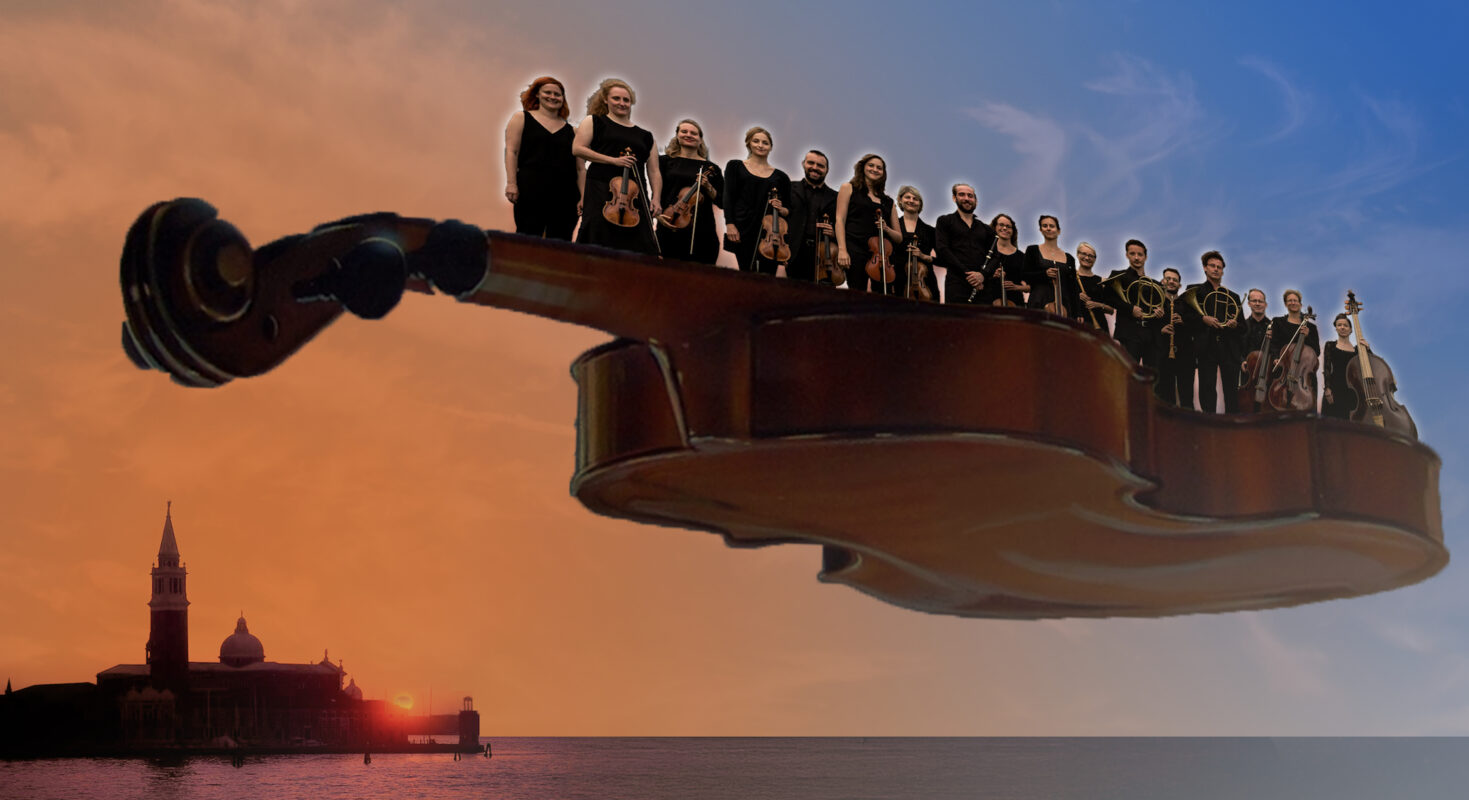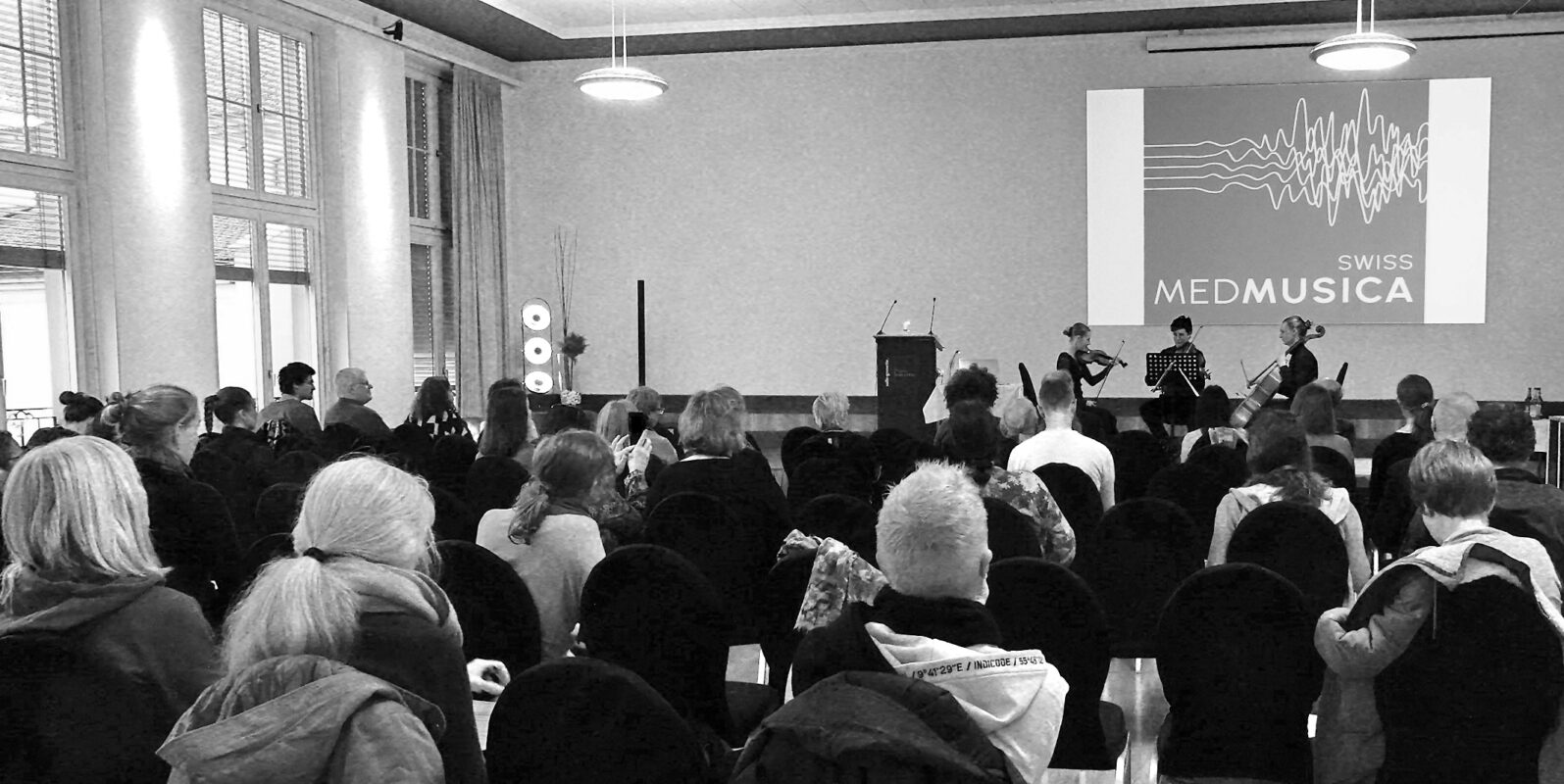Amateure auf Reisen mit Paul Juon
Dirigent Hugo Bollschweiler hat für den EOV acht erstmals edierte Werke Paul Juons nach aufführungspraktischen Kriterien bewertet. Im Folgenden stellt Bollschweiler den Inhalt und die Ziele seines Berichts vor – und schildert seine Leidenschaft für den spätromantischen Komponisten mit Schweizer Familie.

Der Romantiker Paul Juon (1872–1940) mit Schweizer Wurzeln hat in den letzten Jahren eine stille Renaissance erlebt. Vor allem sein umfangreiches kammermusikalisches Oeuvre ist mittlerweile zu einer festen Grösse in Konzertsälen im In- und Ausland geworden. Anders ist es um Juons sinfonischen Kanon bestellt: Trotz vorbildlicher Editionsarbeit von Christoph Escher und Ueli Falett, die eine stattliche Anzahl von Juons grossen sinfonischen Arbeiten akribisch recherchiert und neu veröffentlicht haben, bleibt das grossbesetzte Werk grössenteils terra incognita für Interpret:innen, Publikum und Veranstaltende. Gerade deshalb öffnen sich Chancen für Amateurorchester: Zur innovativen Programmgestaltung gehört die Entdeckung von vergessenen Werken.
Um den Zugang zu Juons Orchestermusik niederschwellig und unkompliziert zu ermöglichen, durfte ich in Zusammenarbeit mit dem EOV acht ausgewählte Orchesterwerke auf praktische Realisierbarkeit und instrumentale Anforderungen hin analysieren und bewerten. Entstanden ist ein 25-seitiger Bericht – eine Art Reiseführer –, der auf der EOV-Website heruntergeladen werden kann. Die Kurzbewertung und die Detailkommentare sollen den interessierten Orchesterverantwortlichen eine Hilfe sein, um schnell und pragmatisch eine Einschätzung der jeweiligen Werke vornehmen zu können.
Reiseführer: Zur Bewertung und Benutzung
Der grundsätzliche Ansatz der Bewertungen zielt darauf, die Praxistauglichkeit von ausgewählten sinfonischen Werken für Amateurorchester zu überprüfen. Da letztere auf sehr unterschiedlichen Spielniveaus existieren, bleibt die Bewertung immer unter dem Vorbehalt zu lesen, dass sie sich zwingend auf einen Durchschnitt bezieht.
Bei den Anforderungen ist zu unterscheiden zwischen technischen, organisatorischen und musikalischen Aspekten. Untersucht wurden Faktoren wie Tempo, Intonation, Tonart, Klanglichkeit, Rhythmus und Komplexität des Zusammenspiels. Zu den Anforderungen organisatorischer Art zählen die Besetzung, Spezialinstrumente, Divisi bei den Streichern (Mindestanzahl der Instrumente), Länge des Stücks, Lautstärke und Publikumsfreundlichkeit. Besondere Beachtung erhielten Herausforderungen instrumentenspezifischer Art: Exponierte Solostellen, spezielle Registerlagen, Offenheit der Stellen und die Komplexität des Dirigats.
Die Art der Bewertung ist dreistufig gehalten und bedient unterschiedliche Bedürfnisse. Die Kurzbewertung und die Spinnendiagramme erlauben eine schnelle und visuelle gesamtheitliche Erfassung des Stücks, während die Detailkommentare spezifische und vertiefte analytische Einblicke ins Innenleben des Werks geben. Zu bedenken ist, dass für die meisten der acht untersuchten Werke keine Referenzaufnahmen vorliegen. Die Bewertungen sind als Wegweiser zu verstehen und nicht als Garantieerklärungen für eine passgenaue Partnerschaft von Orchester und Werk. Der Blick in die Partitur (Link unten) bleibt unabdingbar. Hier lassen sich die individuellen Fähigkeiten der jeweiligen Orchestermitglieder mit den Erfordernissen des Werks abgleichen, um damit zu einer differenzierten Gesamteinschätzung zu gelangen.
Reiseempfehlung: Ein musikalisch-praktisches Fazit
Für Amateurorchester sind in Juons Oeuvre spannende und lohnende Entdeckungen zu machen. Ein praktisch-psychologischer Aspekt ist nicht zu unterschätzen: Das Gros von Juons sinfonischem Schaffen ist noch nicht auf Tonträger verfügbar. Ohne hochkarätige Referenzaufnahmen entfällt der Vergleichsdruck, der bei den etablierten Werken unweigerlich die Hörerwartungen des Publikums prägt. Eine gewisse Freiheit in der Interpretation (und damit eine Anpassung an orchesterspezifische Möglichkeiten) erlaubt die Art und Weise der Juonschen Tempogestaltung. Die Tempoangaben sind nicht mit Metronomzahlen fixiert und lassen viel gestalterischen Freiraum (gerade auch bei virtuosen und schnellen Sätzen).
Juons Klangsprache ist zugänglich und oft von aussermusikalischen Motiven inspiriert. Das macht seine Musik zu einem dankbaren Baustein innerhalb von thematisch ausgerichteten Konzertkonzepten. Als flexibel einsetzbar erweisen sich die Werke mit Variationen- oder Suitencharakter: Hier sind Auskoppelungen und Auslassungen einzelner Sätze durchaus denkbar. Juons kompositiorisches Handwerk ist fundiert, die Kenntnis der Instrumente souverän und die dramaturgische Geste immer bewusst eingesetzt. Für Reisen mit Paul Juon gilt meine uneingeschränkte Empfehlung.
Zum Bericht mit den Werk-Bewertungen: www.eov-sfo.ch
Zu den Partituren: www.patrinum.ch
Zu Hugo Bollschweiler: www.hugobollschweiler.ch







